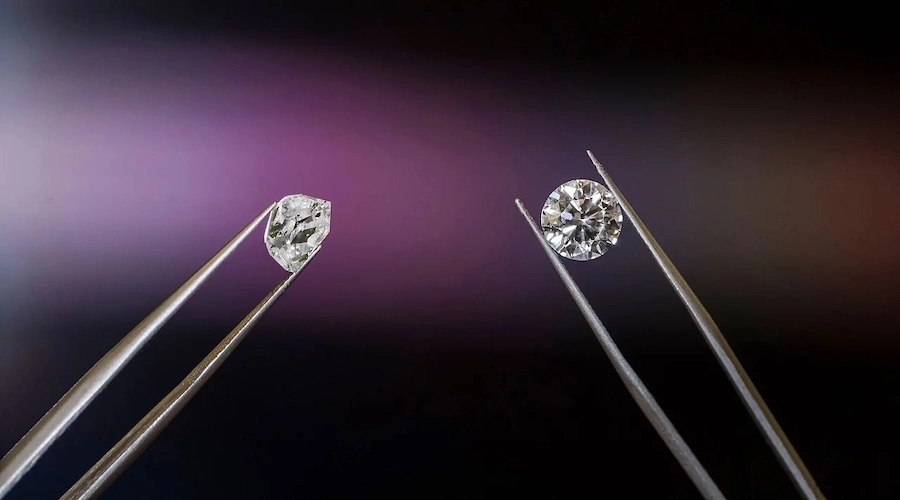
New Delhi: India’s lab-grown diamond industry is facing challenges such as significant fall in prices, eroding consumer interest and competition from imports, think tank Global Trade Research Initiative (GTRI) said Sunday, adding said that though India faces the issue of production overcapacity, it continues to import in large amounts and this issue needs deeper investigation.
To address these challenges, the government needs to take certain steps such as setting clear and consistent rules to standardize quality, certification, and market practices; issuing a Quality Control Order to check quality of imports; and investment in research and development to improve production processes, reduce costs, and enhance the quality of lab-grown diamonds.
As per the report, India’s lab-grown diamond industry is facing a major challenge, with prices falling by 65% in the past year to Rs 20,000 per carat from Rs 60,000 due to local overproduction and oversupply from abroad, which points to problems like overproduction, high imports, and lack of regulation. The number of units producing lab-grown diamonds in India has increased to 10,000 units, leading to over supply and tougher competition.
The industry lacks clear regulations checking such practices, making it hard to ensure quality. Lack of proper certification, and low trust market operations could slow down the industry’s growth, according to GTRI founder Ajay Srivastava.
He added that 98% of India’s imports of rough lab-grown diamonds come from Hong Kong (63.7% or $728.2 million) and the UAE (28.5% or $326 million).
In FY24, India imported rough lab-grown diamonds worth $1.14 billion and exported cut and polished ones worth $1.3 billion.
Natural diamonds cost around Rs 3.5 lakh per carat and this price drop is making it difficult for manufacturers to repay loans taken for purchasing lab-grown diamond making machines, putting them under financial strain, GTRI said.
Source: DCLA





